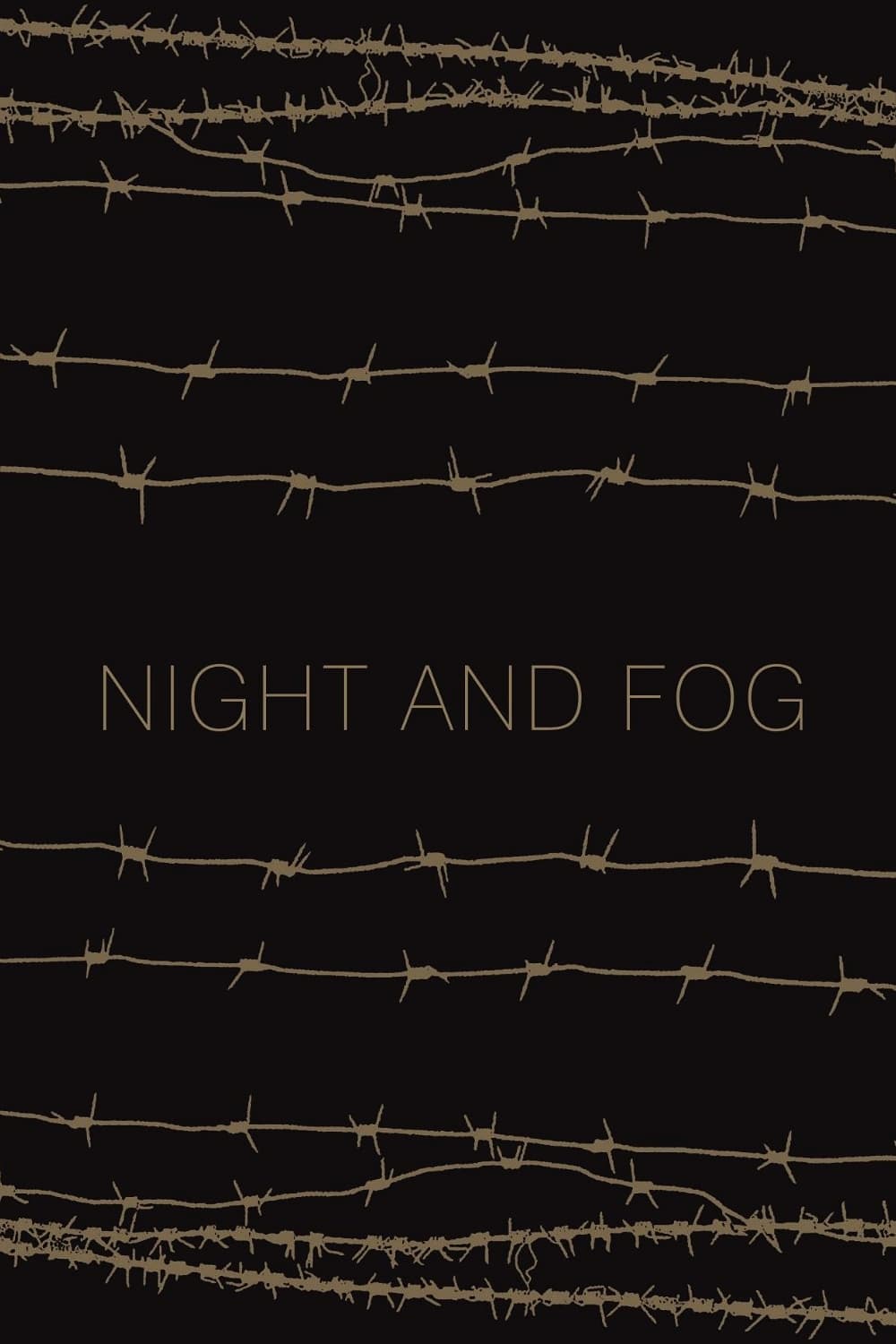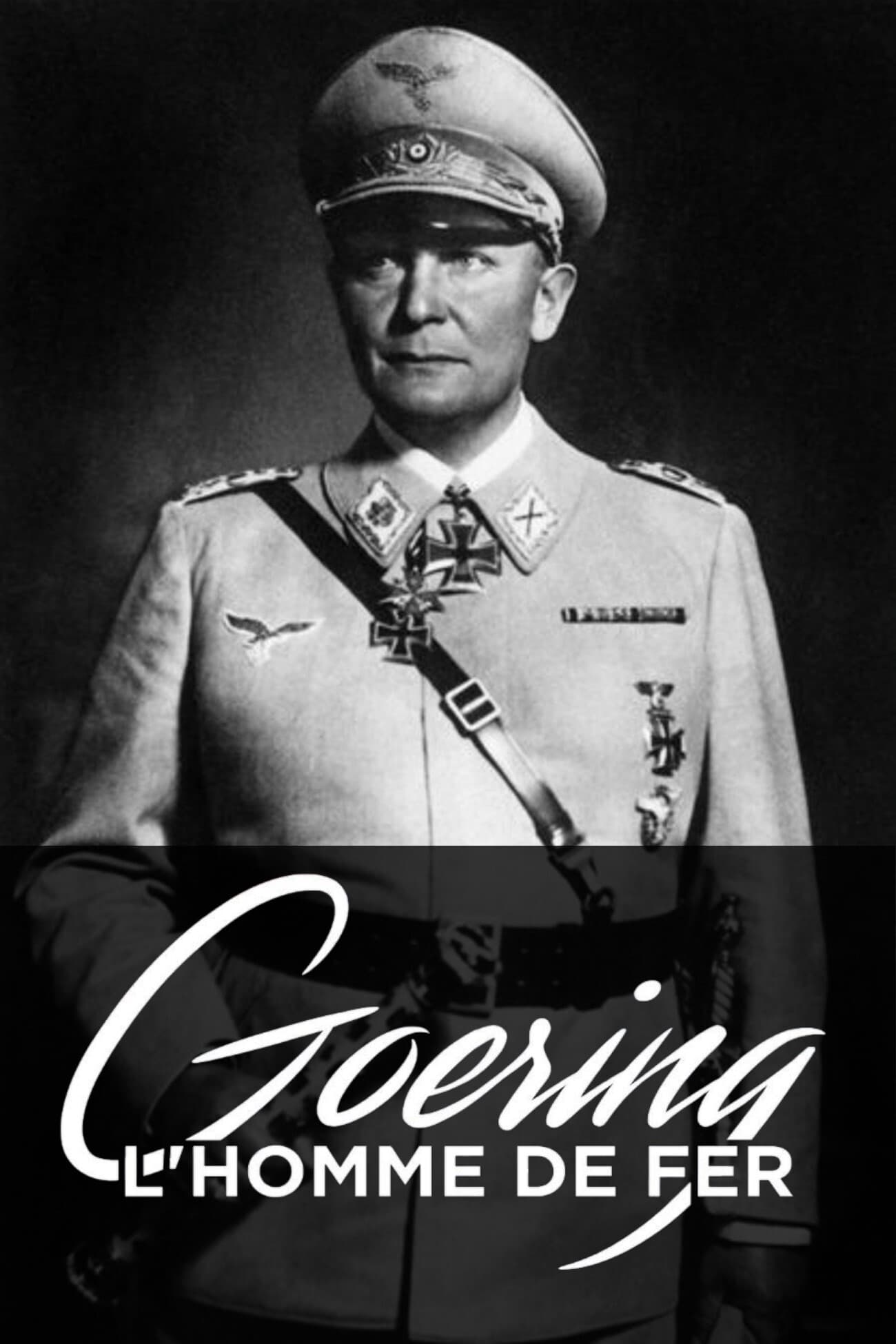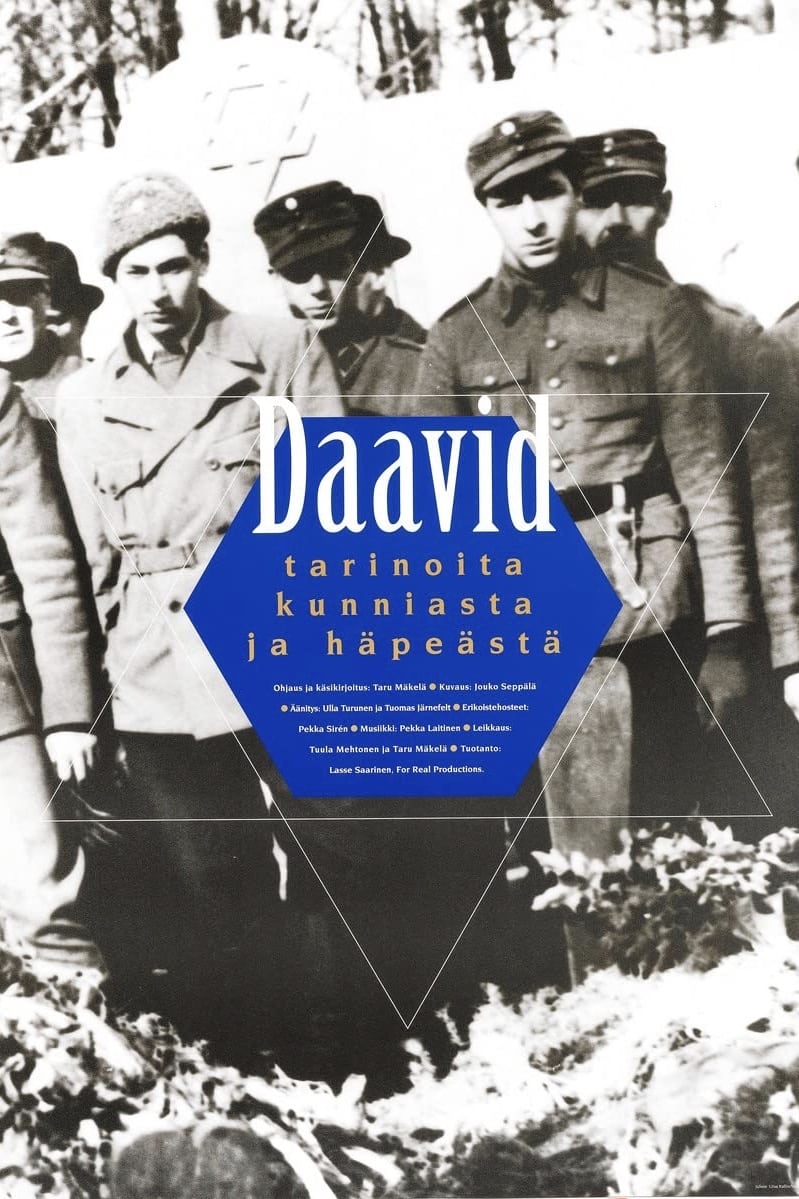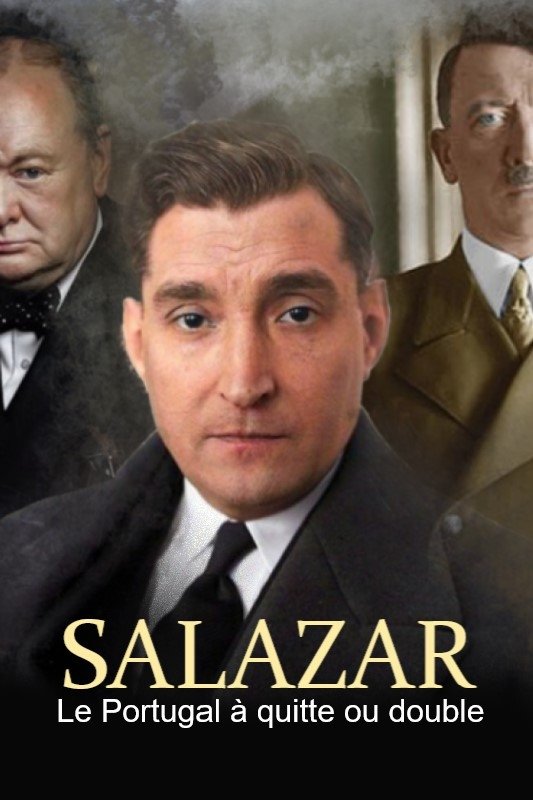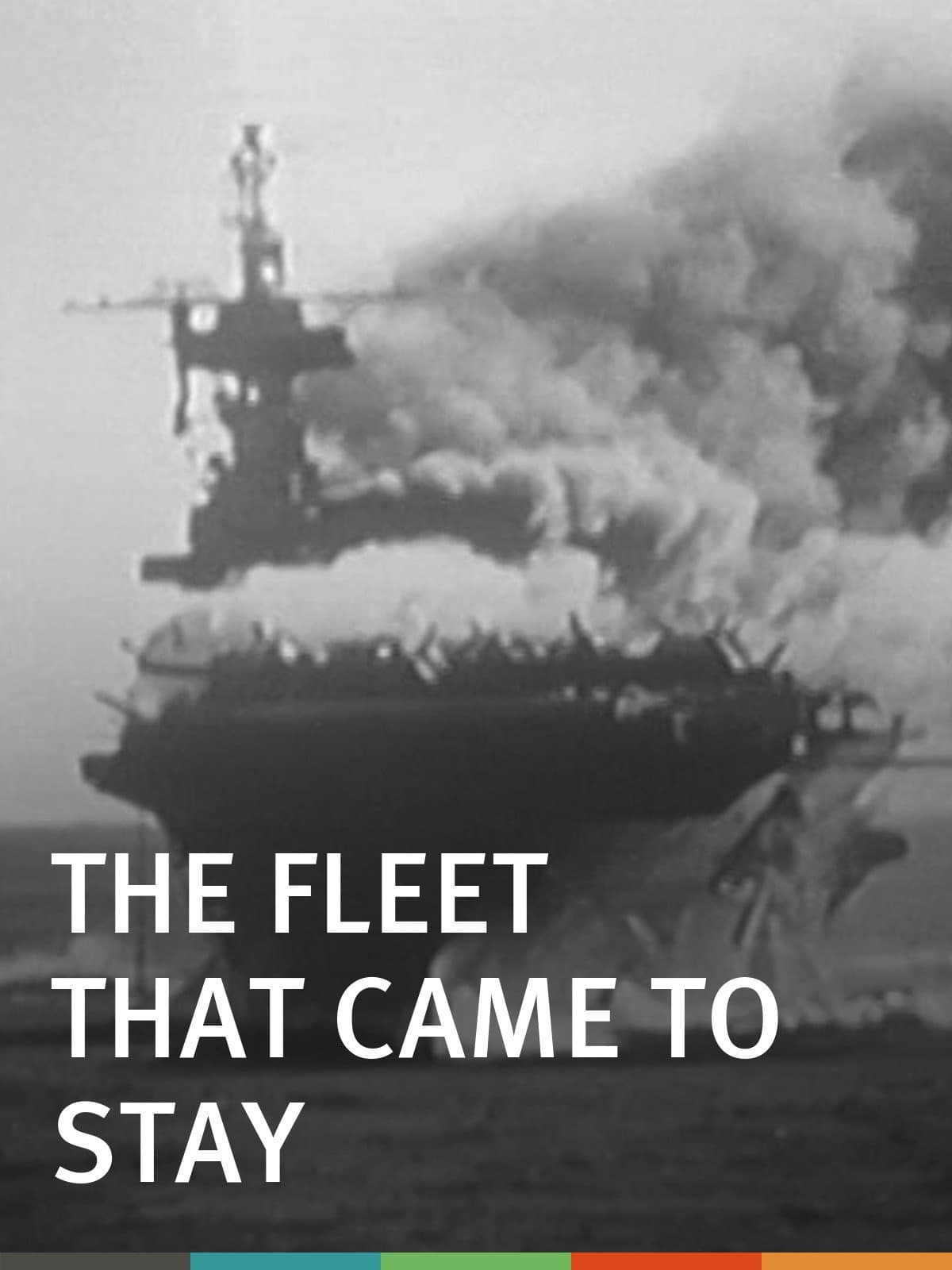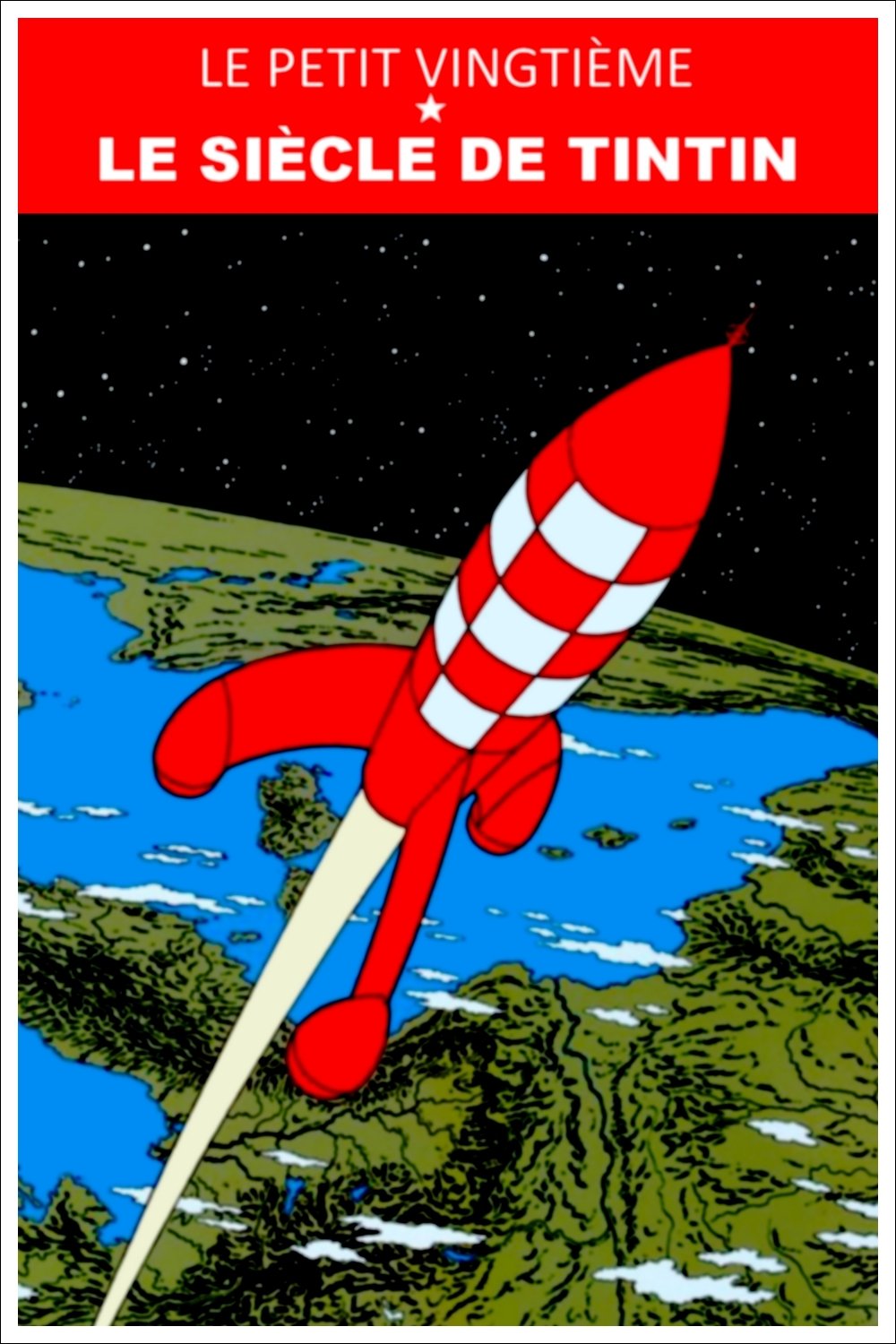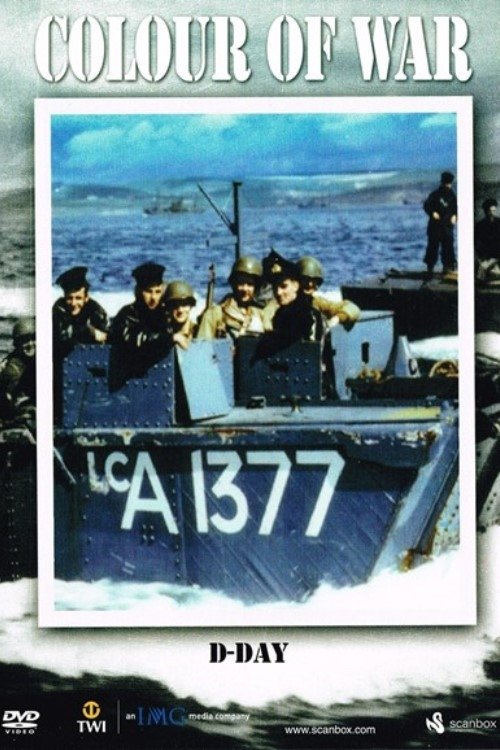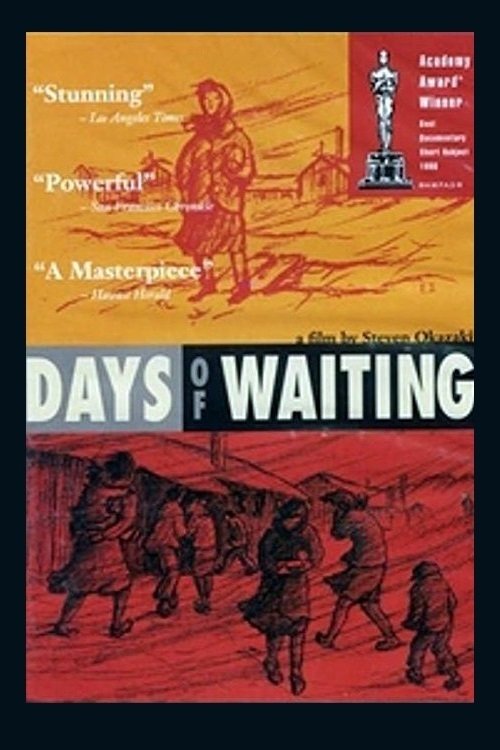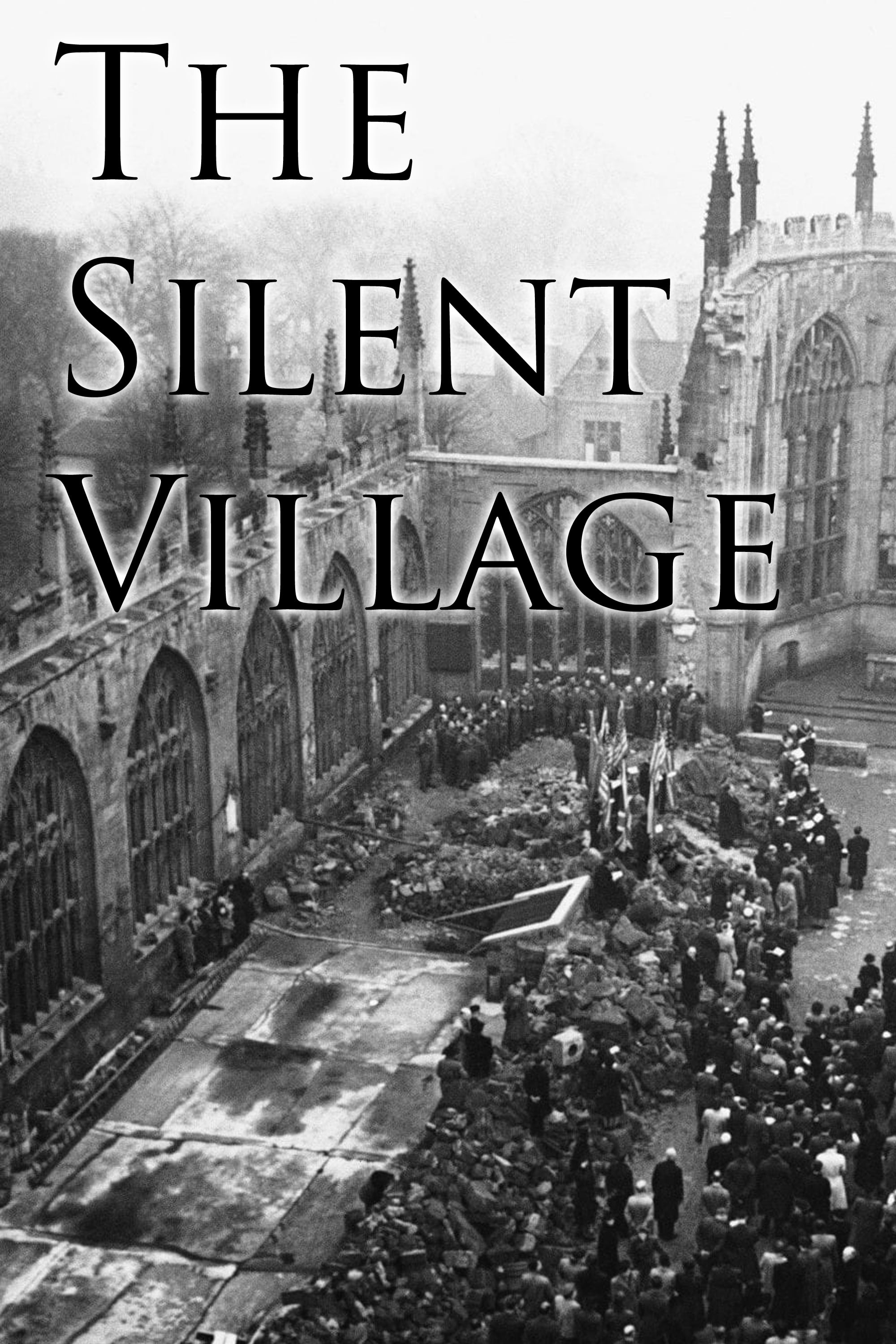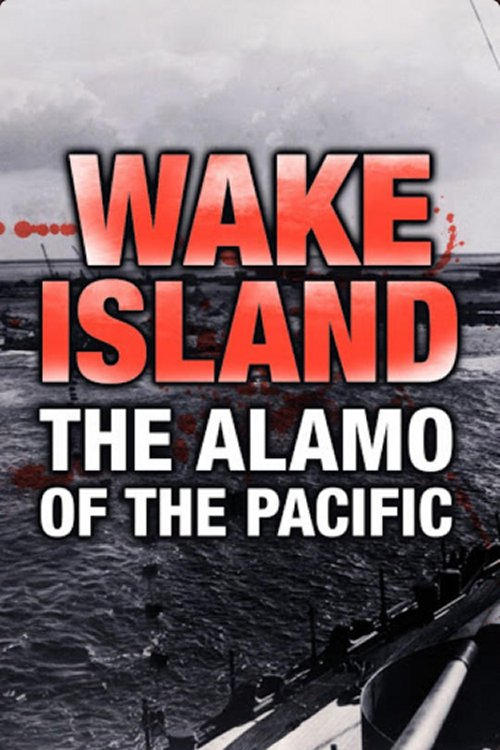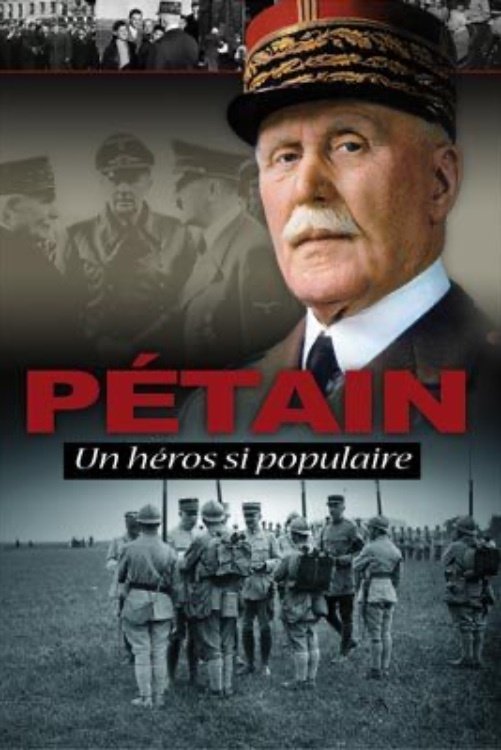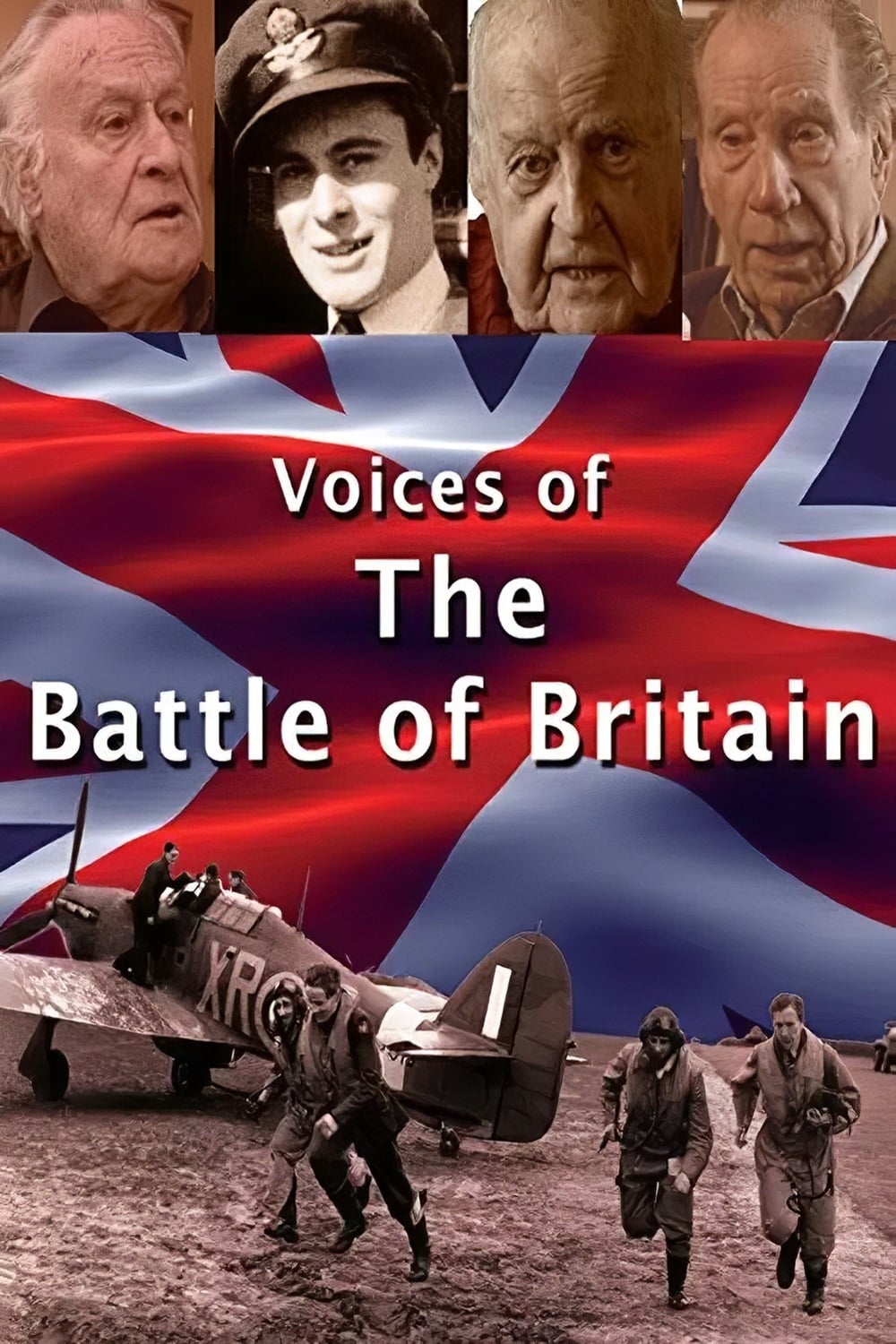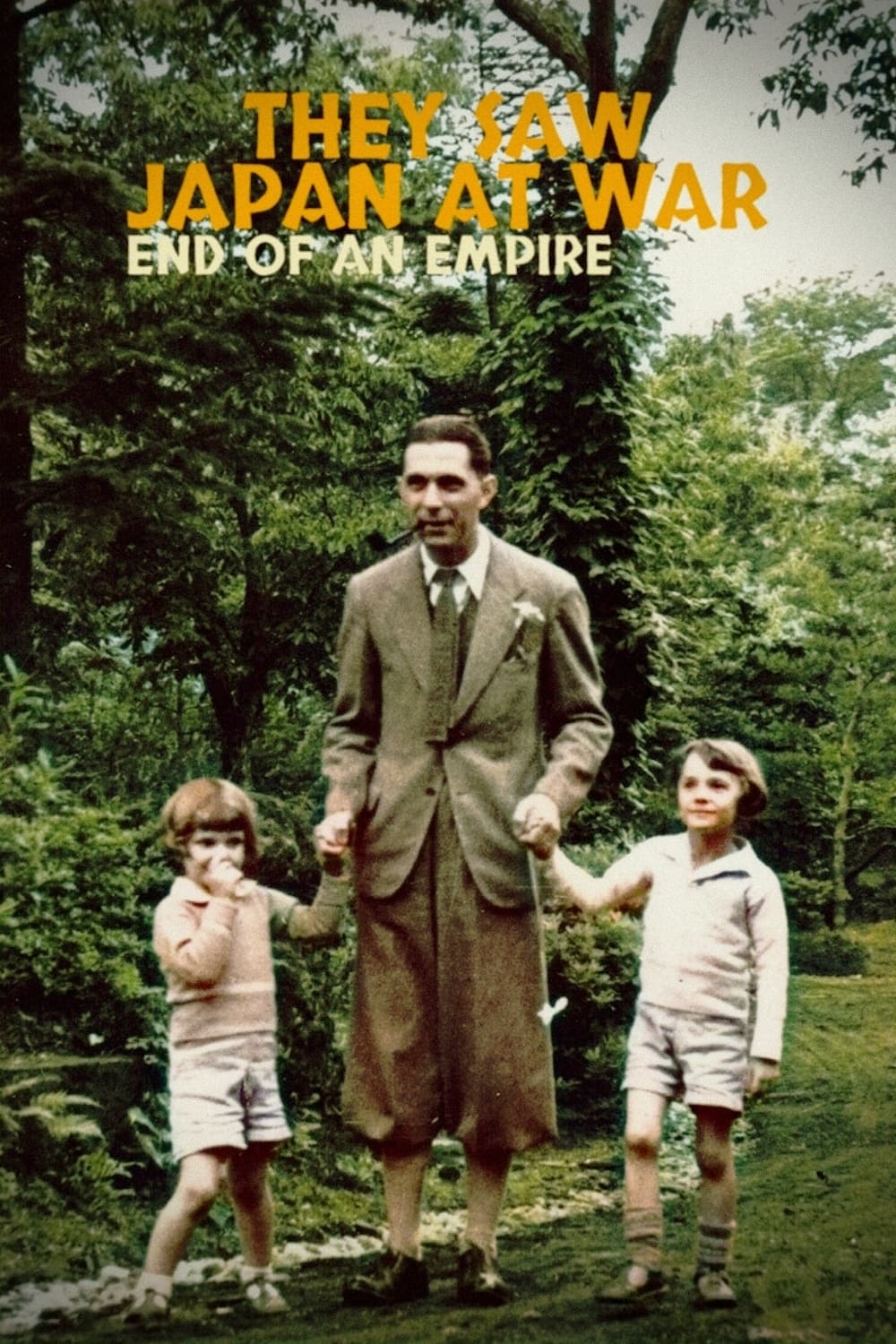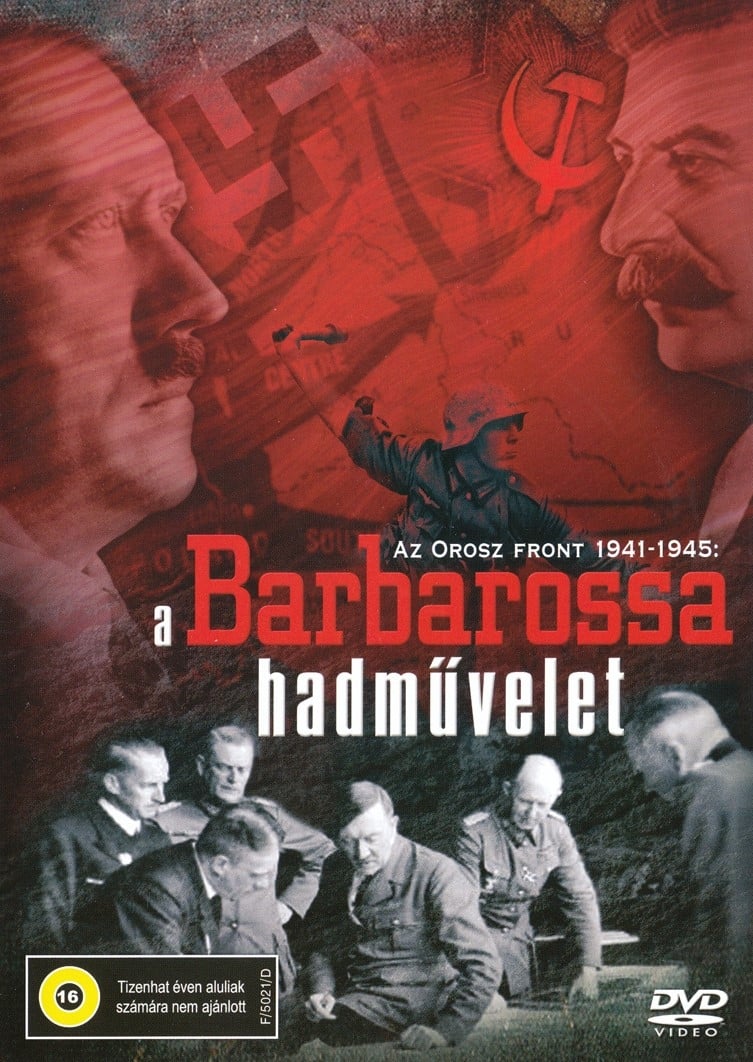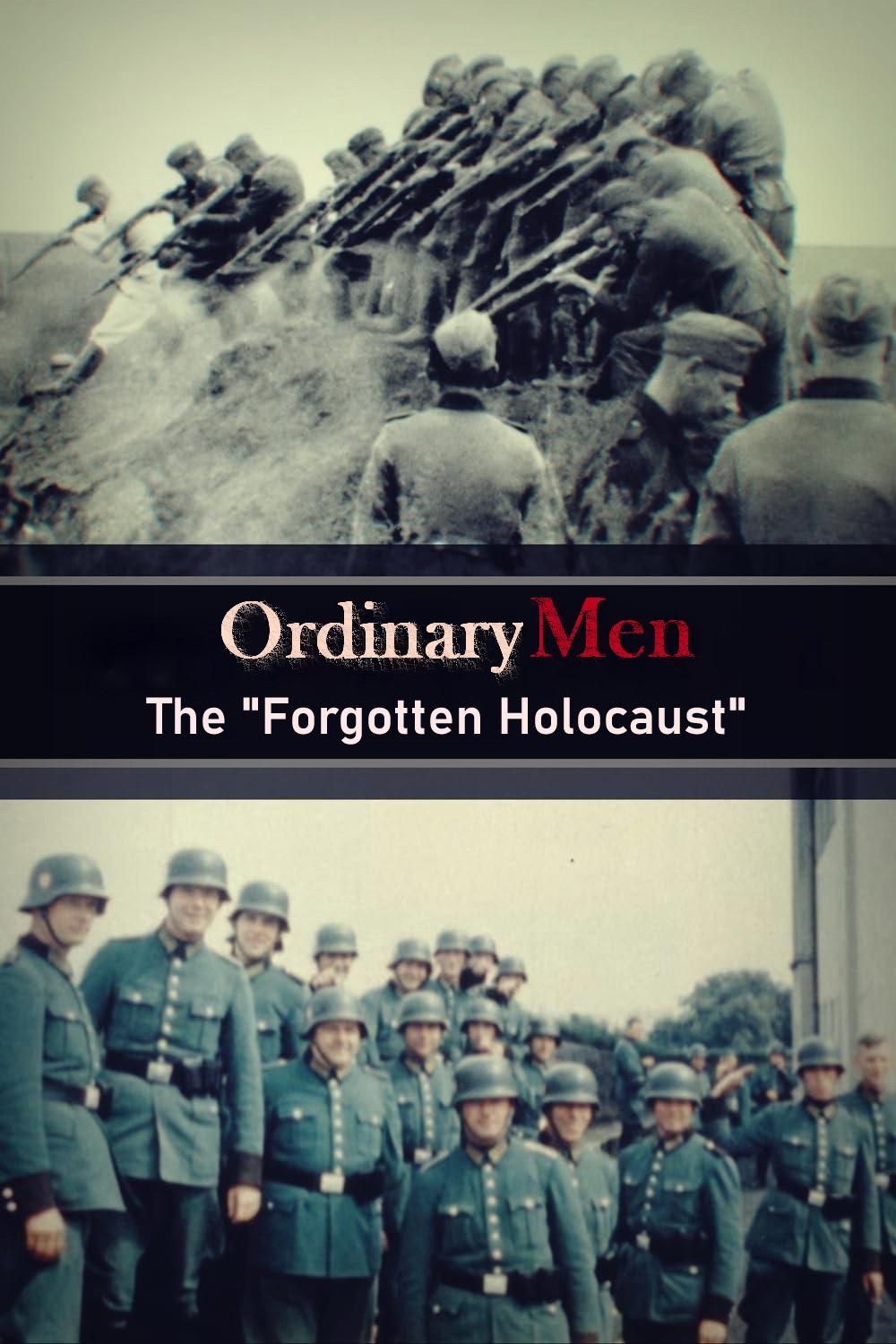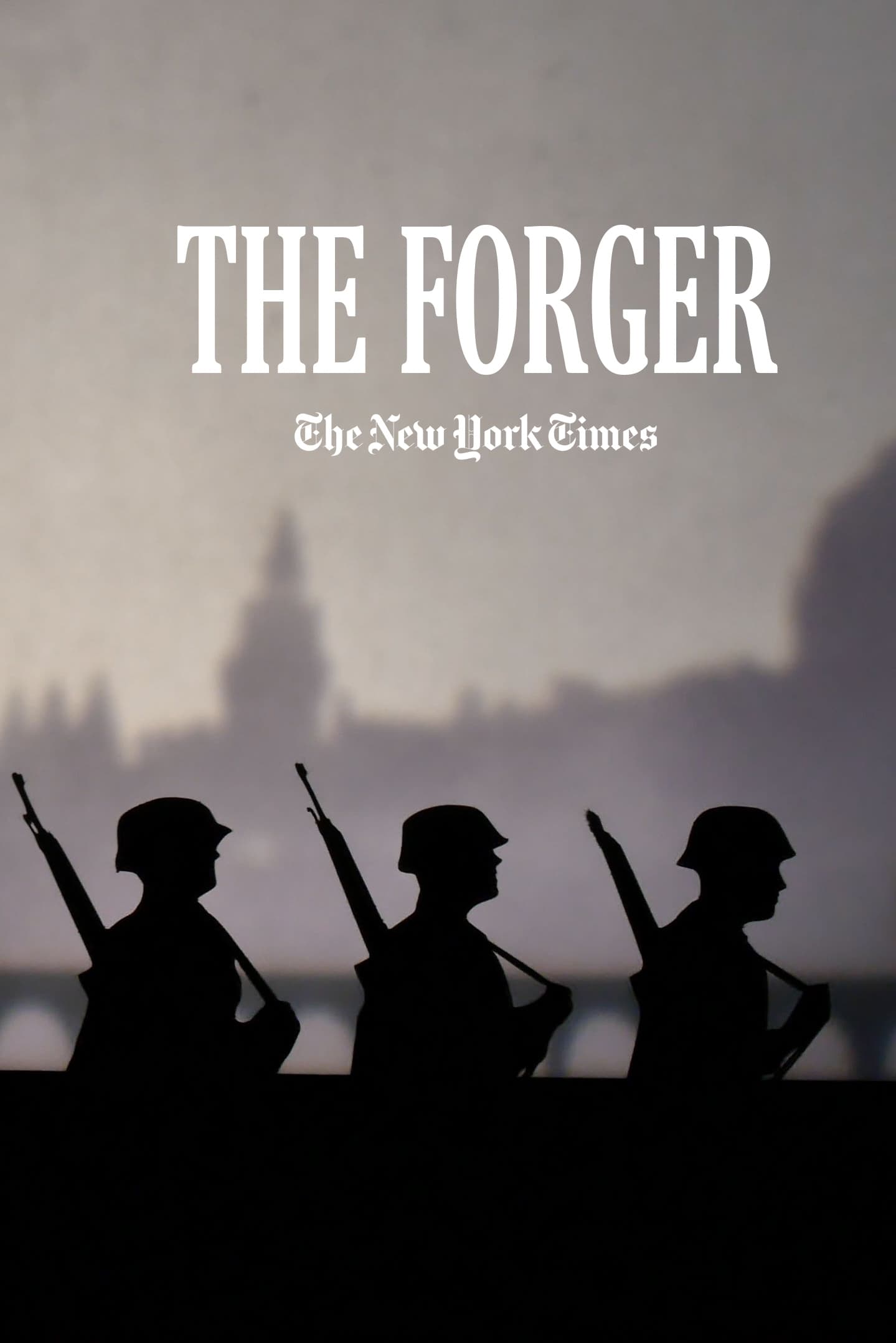
The Forger (2017)
Overview
Adolfo Kaminsky started saving lives when chance and necessity made him a master forger. As a teenager, he became a member of the French Resistance and used his talent to save the lives of thousands of Jews. The Forger is a well-crafted origin story of a real-life superhero.
Production Companies
Additional Info
| Budget | $0.00 |
|---|---|
| Revenue | $0.00 |
| Original Language | en |
| Popularity | 0.323 |
Directed By
Samantha Stark
Alexandra Garcia
Pamela Druckerman
TOP CAST
Similar Movies
Night and Fog
Filmmaker Alain Resnais documents the atrocities behind the walls of Hitler's concentration camps.
Goering: Nazi Number One
This is the story of an incredible rise to power, the most comprehensive documentary on Hermann Goering ever made. He was a man of many faces: vain, ambitious, more brutal than any other of Hitler's minions, yet the most popular Nazi official of all, at times even more popular than Hitler himself. He embodied the jovial side of the Third Reich. Yet the same man who organised dissolute bacchanals also founded the Gestapo, set up the first concentration camps, and had his own comrades murdered in the purge of 1934. These unique personal records form the largest and most important single film find from the Nazi era in past years.
David – Stories of Honour and Shame
Documentary about Finnish Jews during WWII and their unique position as German allies.
Lisbon and WWII Spies, Gold and Diplomacy
Portugal managed to get through all of World War II without firing a single shot. Caught in a vise between the Axis and the Allies, Antonio Salazar, the country’s strongman, used every trick in the book to get his country through unscathed. In this war of nerves in which anything went, the Portuguese dictator took brilliant advantage of the only weapon available to maintain his country’s independence: neutrality.
Terror und Champagner
The film takes a look back at four years of German occupation in France during the Second World War. At that time, the Nazi regime collaborated with French ultranationalists. The film shows how an occupying regime, in addition to terror and oppression also functions through seduction, ideological offers and cooperation between the elites.
The Fleet That Came to Stay
A propaganda short film produced by the US Navy in 1945 about the naval engagements of the invasion of Okinawa.
Front and Back
An educational short film featuring the character of Luxo Jr. demonstrating the concept of "front" and "back."
Le Petit Vingtième : le siècle de Tintin
From the beginning, Hergé's work, Tintin's creator, was conditioned by the ideology of his publisher, the weekly child supplement of a Belgian Catholic newspaper. An exciting analysis of the political meaning of the adventures of Tintin.
Through My Thick Glasses
An elderly man tells his granddaughter his personal story of the Second World War. His life as a child and all the strange characters he populates it with takes the little girl to a bizarre world she doesn't understand.
Wartime Housing
During WWII, there was a need for affordable housing of decent quality. In response, small pre-fabricated homes were built quickly and efficiently to accommodate the influx of workers to urban areas.
D-Day in Colour
An in-depth look at the events and experiences of the greatest seaborne invasion in history, focusing on the personal stories of those involved. Narrated by John Hurt, it re-lives the events of those decisive, yet perilous days and reflects on the private triumphs and personal tragedies that proved crucial to the outcome of the Second World War.
Days of Waiting: The Life & Art of Estelle Ishigo
The story of Estelle Ishigo, one of the few Caucasians interned with Japanese Americans during World War II. The wife of a Japanese American, Ishigo refused to be separated from her husband and was interned along with him. Based on the personal papers of Estelle Ishigo and her novel Lone Heart Mountain.
The Silent Village
The true story of the massacre of a small Czech village by the Nazis is retold as if it happened in Wales.
Wake Island: Alamo of the Pacific
This documentary is a captivating account of the defense of Wake Island by a small contingent of United States Marines and civilian contractors. From December 8th until December 23rd, 1941 the defenders thwarted an aerial attack and an attempted amphibious landing from a naval task force before finally being overwhelmed by the third attempt by the Japanese Imperial Navy.
Pétain, such a popular hero
On October 24, 1940, Philippe Pétain met Adolf Hitler in Montoire and led the French into collaboration with the Nazis. A black page in the history of France, written by a man whom many then considered a hero: the winner of Verdun.
Voices of the Battle of Britain
Based on the book of the same title by best-selling author Henry Buckton, this film is enhanced by a fascinating series of interviews with a wide variety of people who played a vital role in Britain’s ‘finest hour’. Included are the captivating accounts of six fighter pilots who risked their lives day after day to combat the Luftwaffe, which was at that time greatly more experienced in aerial warfare. Their memories are enhanced by the recollections of a gunner, two members of the 400,000-strong ground crew who kept as many aircraft flying as possible, a barrage balloon operator and men who helped to build Spitfires.
They Saw Japan at War
The story of a Franco-Belgian family living in Japan from 1927 to 1947, a time of prosperity and fortune, but also of political turbulence and war.
Barbarossa: Hitler Turns East
Hitler's invasion of Russia was one of the landmark events of World War II. This documentary reveals the lead-up to the offensive, its impact on the war and the brinksmanship that resulted from the battle for Moscow. Rare footage from both German and Russian archives and detailed maps illustrate the conflict, while award-winning historian and author John Erickson provides insight into the pivotal maneuvers on the eastern front.
Ordinary Men: The "Forgotten Holocaust"
Six million Jews died during World War II, both in the extermination camps and murdered by the mobile commandos of the Einsatzgruppen and police battalions, whose members shot men, women and children, day after day, obediently, as if it were a normal job, a fact that is hardly known today. Who were these men and how could they commit such crimes?
